Top 5 Best Email Service Providers in 2024 That You Must Own Account

Summary: “When we talk about email, everyone thinks about Gmail or Outlook. But do you know that there are many other most popular and secure email services? In this blog, we will talk about the best email service providers that you can prefer for your personal and professional usage.”
Email service is one of the essential parts of everyone’s life when it comes to communication. It provides services through which a user can send or receive messages electronically. Everyone can use email services, whether an organization or an individual.
However, when it comes to security, every email service provider is not safe. Choosing the most reliable and best email provider is important because it consists of crucial data of every user. In the next section of this blog, we will provide you with the 5 best email services provider that is more secure and reliable to use.
5 Best Email Services Providers of 2024
1. ProtonMail
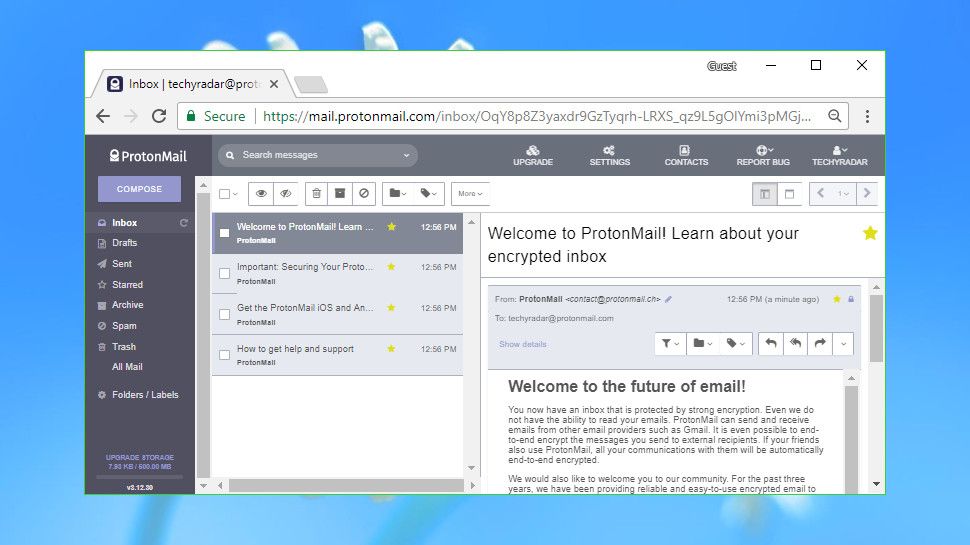
ProtonMail is one of the best email service providers, which is also known as a secure email provider. It allows an end-to-end encryption to protect your emails. The free plan of this provider only offers you 500 MB of storage with a maximum of 150 emails per day. So, you can refer to this email provider if you are sending less than 150 emails, and it doesn’t require a lot of storage.
Key Features of ProtonMail:
- There is no requirement for personal information for creating an account on ProtonMail.
- Users can send or receive emails securely with end-to-end encryption.
- ProtonMail provides more protection in the form of two-factor authentication.
- Users require a third-party cloud storage provider for sharing files as proton mail doesn’t provide any cloud storage.
Pricing plans of ProtonMail
- The ProtonMail Plus is priced at $3.61/month.
- ProtonMail Professional is priced at 5.91/month.
- ProtonMail visionary is priced at $21.92/month.
- In the free plan of ProtonMail, users can get basic private and secure communication.
2. Gmail
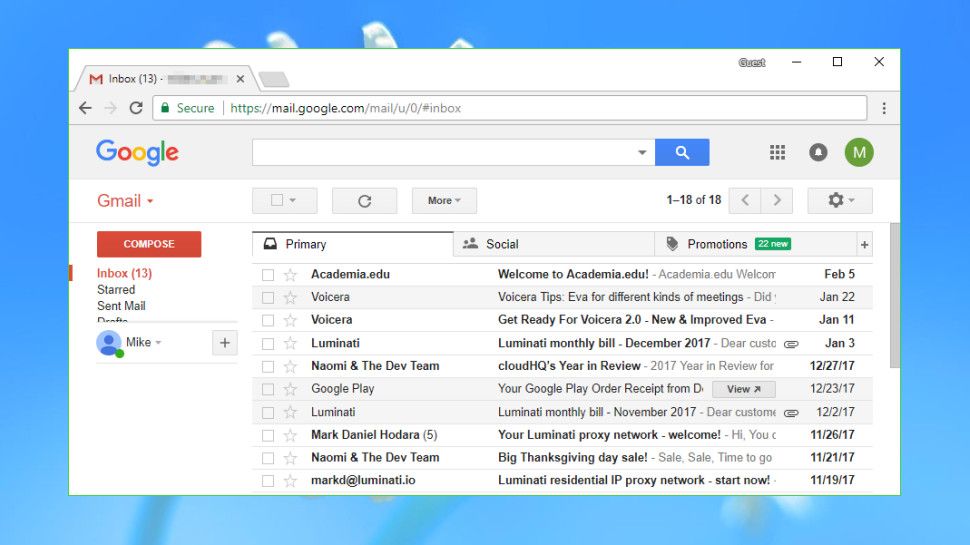
Gmail is another reliable and prominent email service provider. It has over a million active users, due to which it has become a global leader. It provides a more flexible and customizable interface for its users. Additionally, it offers an effective search feature through which you can search for specific mail.
Key Features of Gmail:
- Gmail provides 15 GB of free email storage space that helps users to save their bulk emails securely.
- Users can also access Gmail applications such as Google Docs, Drive, Sheets, Contacts, etc.
- It has autocomplete-esque AI that allows you to create emails more quickly as it suggests the next words you might enter and makes it simple.
- It also allows you to customize the email address on your domain name.
Pricing plans for Gmail
- Basic is for $5 per user/month
- Business is for $10 per user/month
- Enterprise is for $25 per user/month.
3. Outlook
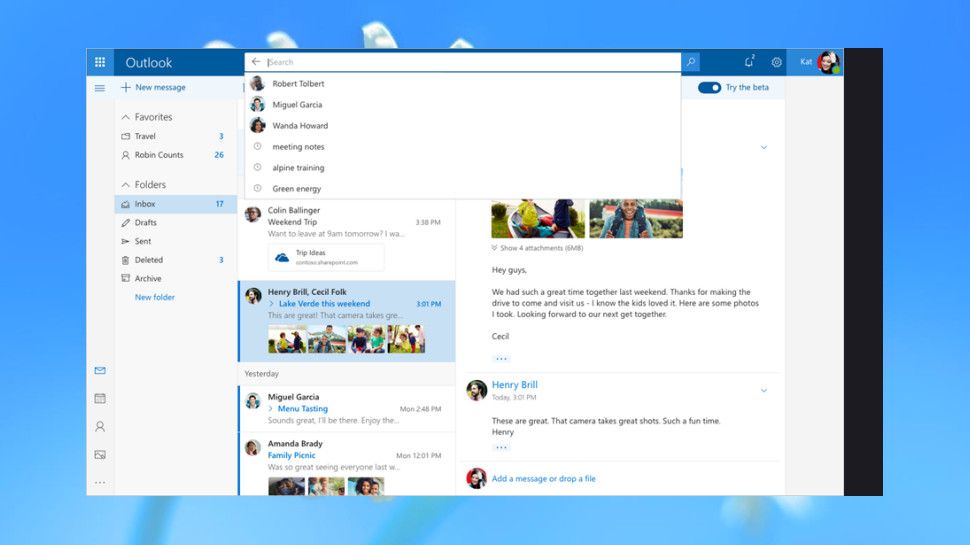
MS Outlook is one of the best email providers which Microsoft introduced in 1997. Microsoft Outlook has more than 400 million users around the world. Also, it enables users to create and manage tasks, personal journals, calendars, contacts, etc. Every user can easily use Outlook as an independent application.
Key Features of Microsoft Outlook:
- After signing up, it provides 15GB of storage space for a new user.
- It provides a scheduling email option for users to send emails at a specific time.
- The interface of Outlook is user-friendly and has great integration with other Microsoft products.
- It allows you to create new meetings, appointments, tasks, and contacts from a single window.
Pricing plans of Microsoft Outlook
- Office 365 Home is costs at $99.99 per year
- Office 365 Personal is priced at $69.99.
4. Thunderbird
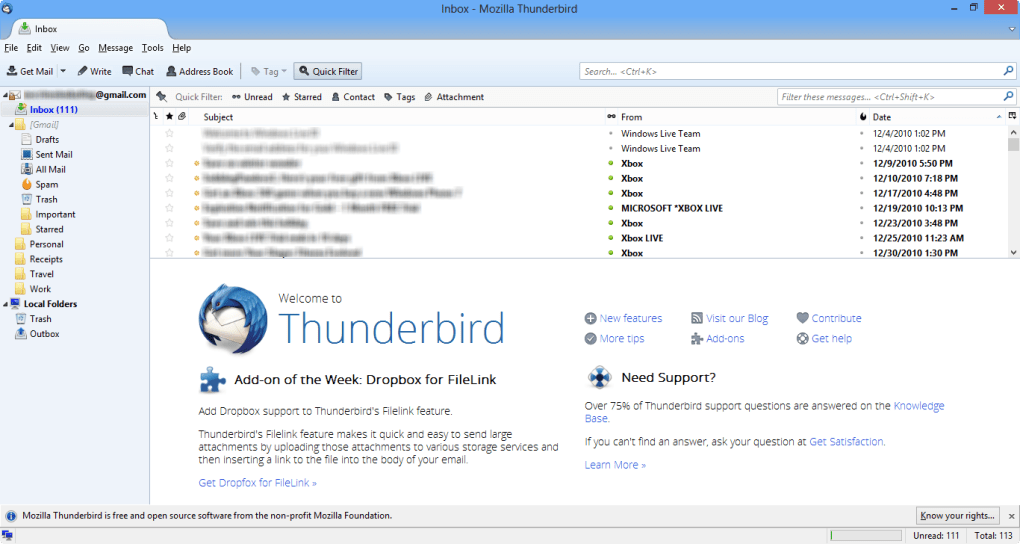
Thunderbird is an open-source email service provider that was developed by Mozilla. This email client also supports newsgroups and newsfeeds as it can handle multiple email accounts. It provides many advanced filtering features, such as message grouping, labels, and advanced message filtering. There are many customized themes available in this email client.
Key Features of Thunderbird:
- It allows you to open different tabs of an email so that you can quickly switch between them.
- Thunderbird’s tags, filters, and fast search help you to manage your emails in Mozilla Thunderbird.
- It helps eliminate junk mail using the Bayesian filtering option. Also, it helps you to detect scams.
- It is available for Windows and Mac users and can be used in any operating system.
Pricing plans of Thunderbird
- Thunderbird is available for free as it doesn’t provide any paid version.
5. Yahoo Mail
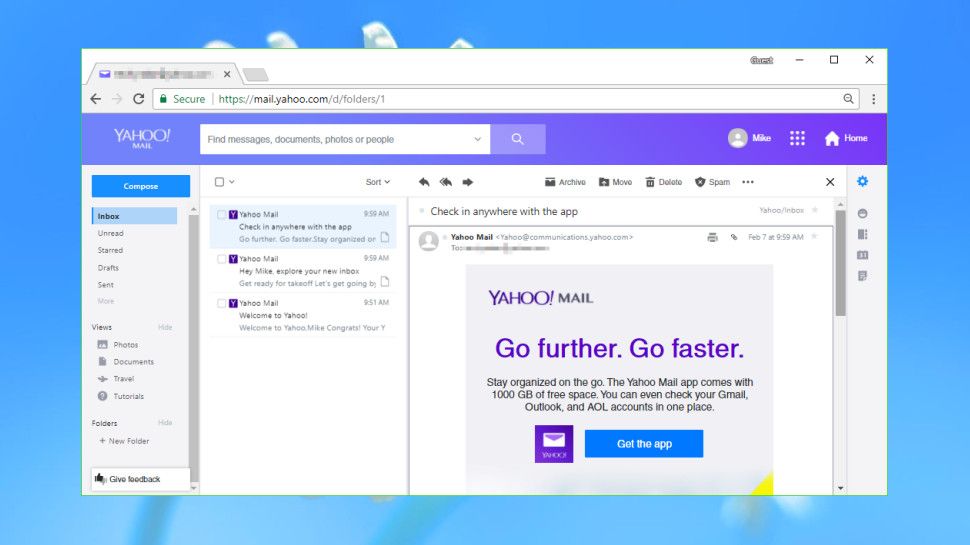
Yahoo Mail is the best email service provider and is well-known after Gmail. It is both a search engine and a directory that provides Web users with the assurance of a structured view of hundreds to thousands of Web sites and millions upon millions of pages.
Key Features of Yahoo Mail:
- Yahoo provides an option to customize our Yahoo emails to get a different look.
- It also includes many other services such as Yahoo messenger, search engine, Yahoo groups, etc.
- Yahoo email offers 1TB of free storage for its users.
- It provides high security to protect user’s emails and crucial data from viruses and spam-sorting.
Pricing plans of Yahoo Mail
- Yahoo offers a free and paid version.
- Yahoo’s business mail is priced at $1.19/month.
Also read: Top 5 Best Antivirus Software
Conclusion
In this blog, we have discussed the concept of email services and the best email service providers that users can use for their personal and professional work. However, these email service providers are not your only option. You can use any email client of your choice that provides more features and security for your data.







Here is an another trustworthy solution i.e. ZOOK Email Backup Software provides a hassle-free solution to download emails backup from email account. It provides a quick solution to create emails backup from 85+ email services into various saving options. Users can save emails from various webmail accounts, hosting mail, cloud server mailbox to local PC, hard drive, webmail account. Users can effortlessly take backup of email accounts without any hassle. if you are looking for an intuitive user interface which can be easily understood even by non-technical users to backup email data.
For more details visit:- https://www.zooksoftware.com/email/backup/